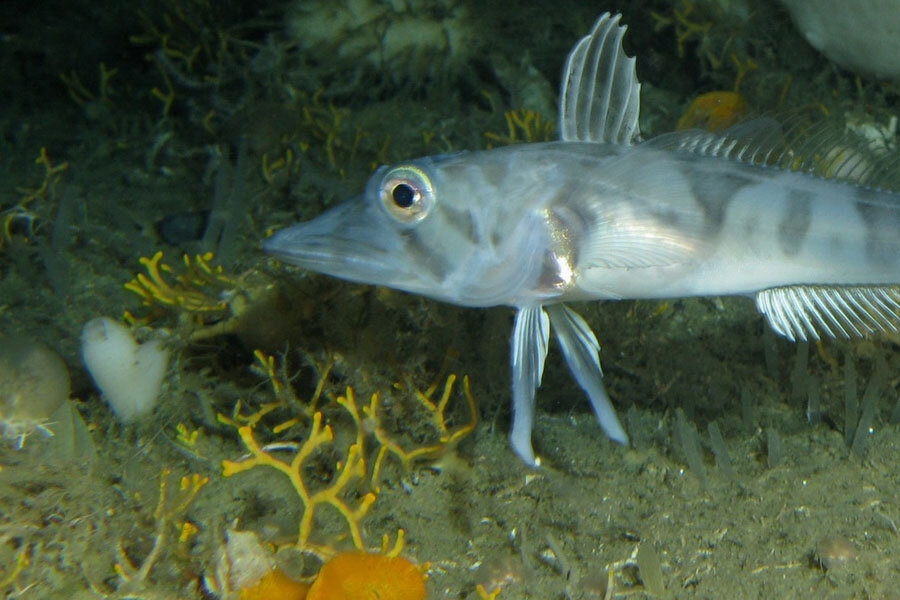How tiny, underwater creatures are slowing climate change
Loading...
After two decades of study, researcher David Barnes of the British Antarctic Survey published evidence Monday that creatures on the Antarctic ocean floor may be slowing climate change.
“The forests you can see are important with respect to the carbon cycle and climate change, but two-thirds of our planet is ocean, and below it the life you can’t see is also very important in climate responses as well,” Dr. Barnes says.
When sea ice melts, it releases nutrients into the water stimulating the growth of phytoplankton, which form the base of the marine food web, explains NASA. As the ice recedes, it also exposes more ocean water to sunlight, allowing for more photosynthesis in phytoplankton.
According to NASA satellite records, the annual average decline in sea ice between 1976 and 2006 was over 17,400 square miles per year, the equivalent of 3.7 percent per decade.
Phytoplankton is the main food source for most organisms that live on the ocean floor, including West Antarctic bryozoans, sometimes referred to as moss animals. Barnes's study endeavored to see if a reduction in sea ice had led to growth among such creatures. Bryozoans are microscopic organisms, but live in colonies that can reach 2 to 4 inches tall, so Barnes' team used high resolution images to calculate the density of organisms.
Barnes found that the number of West Antarctic bryozoans living on the seafloor has doubled since the 1980s, during a time of significant ice-loss and phytoplankton-growth.
And more bryozoans are good news.
By absorbing phytoplankton, the twig-like bryozoans on the ocean floor, hold large amounts of carbon. “When bryozoans die or get knocked over, they are buried by sediment on the seabed,” Barnes explained in an interview with The Christian Science Monitor. “Eventually the carbon in their skeletons will be turned into rock, essentially as plants are into coral.”
After accounting for help from other underwater species, bryozoans are responsible for an increased carbon drawdown of about 2.9x106 tons per year – equivalent to 50,000 hectares of tropical rainforest. “As sea ice is lost, more and more carbon will be buried in the sea, whereas the same is not true on land so the balance will be changing,” says Barnes.
But Barnes says this evidence doesn’t mean we should continue with careless pollution.
“Perhaps the biggest threat to these ecosystems is climate change … we have little idea about how [climate change] will change carbon drawdown and sequestration,” he says. Instead, “the findings are a reminder of the importance of ocean life for understanding our changing climate.”
And there is still more too be understood.
“I think the next step is really to try and quantify whether the effect found in Antarctica holds true for the Arctic,” Barnes explained. “If it does, then protection there might be much more relevant.”
Barnes found that the carbon differences between regions in Antarctica liked closely to the sea ice losses in each location, with the greatest overall gains on larger, more productive continental shelves.
The Arctic has experienced greater net sea loss compared to Antarctica, so if Barnes’ correlation between ice-loss and carbon uptake holds, “polar continental shelves would represent Earth’s largest negative feedback to climate change.”





